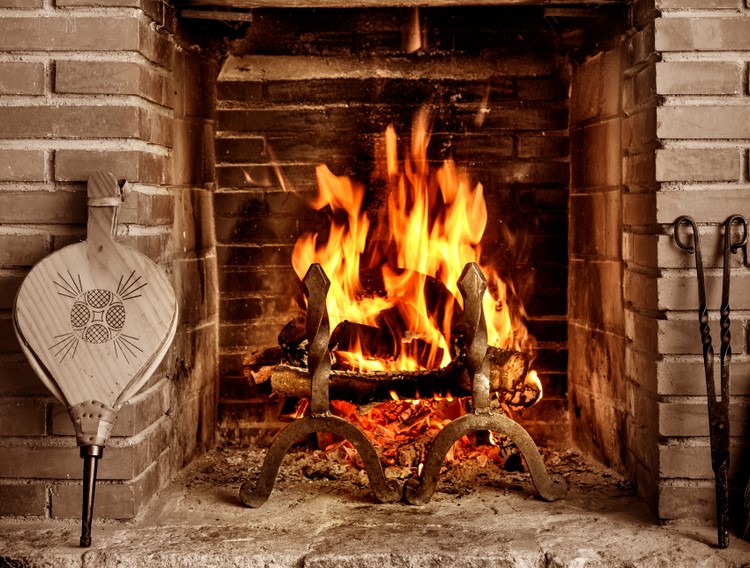Mortgage holders have numerous alternatives for gas or wood-consuming chimneys, yet the decisions can be to some degree befuddling if the real factors are not promptly accessible. The web can be a decent hot-spot for research, however there are a ton of locales that do not give precise or careful data, so settling on a decision can be troublesome. The accompanying should assist with helping mortgage holders in settling on the significant choice about what kind of chimney to introduce in their home.
Masonry
Masonry fireplaces and chimneys are developed on-site from stone or blocks and mortar and are a piece of the homes basic plan. Commonly, these chimneys and fireplaces are built as the house is manufactured.
Prefabricated
A prefab fireplace is a one that has been made and collected in a manufacturing plant before being moved and introduced at a place of work. This sort of chimney will set aside you time and cash, over a conventional masonry chimney. They are made in vent less, direct-vent and vented versions. Most prefab chimneys work with produced gas consuming logs. These logs resemble a natural log; however, they are ceramic and outfitted with gas lines going through them. These logs additionally highlight minuscule gas gaps that recreate blazes running along the length of the log.
Wood Stove
A wood stove is a warming apparatus fit for consuming wood fuel and wood-inferred biomass fuel, for example, sawdust blocks. Generally, the apparatus comprises of a strong metal shut firebox, regularly lined by fire block, and at least one air controls.
Metal
Metal fireplaces are not the same as stove pipe, they are explicitly made for venting to the outside. Stove pipes must be utilized to associate an oven to a smokestack, it can never be utilized as a stack. Metal smokestacks are additionally not liners. A liner must be utilized as a pipe inside a current smokestack structure.
Concrete (Precast)
Precast chimneys frequently look like brick or adobe block chimneys, yet on a more intensive look, are precast cement. Implying that they were developed off-site by pre-projecting cement in structures and afterward pulled on a truck to the site where the house is being built.
Regardless of what type of home warming apparatus you have, they all should be installed appropriately according to the maker’s guidelines and ordinary yearly maintenance and cleaning to guarantee the security and proficiency of your home.


Recent Comments